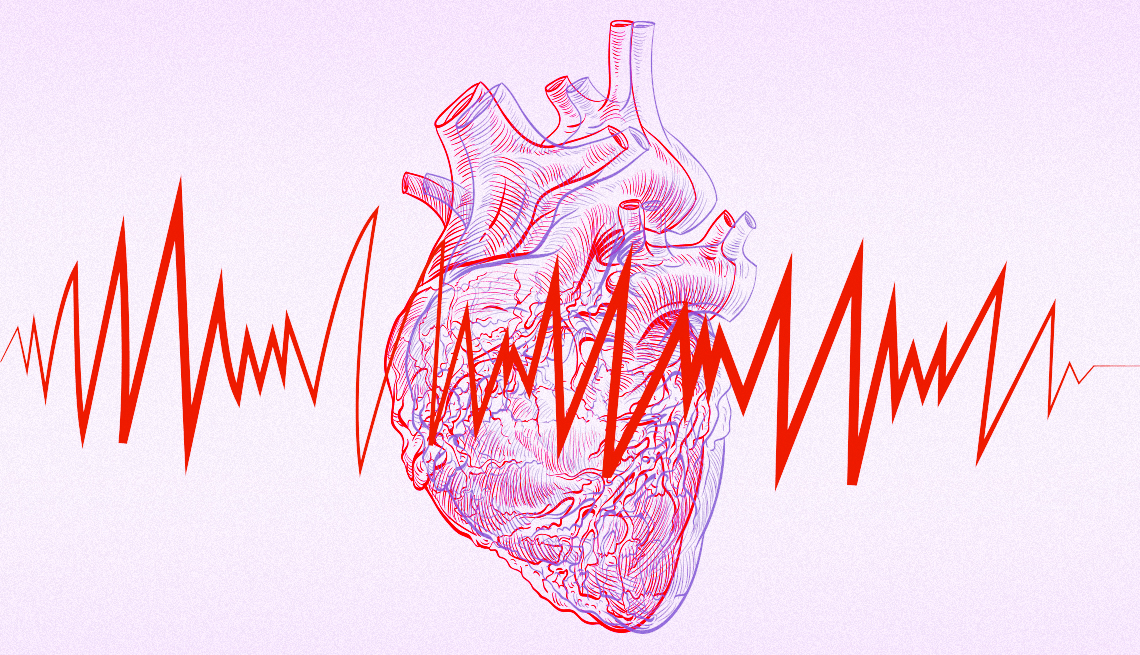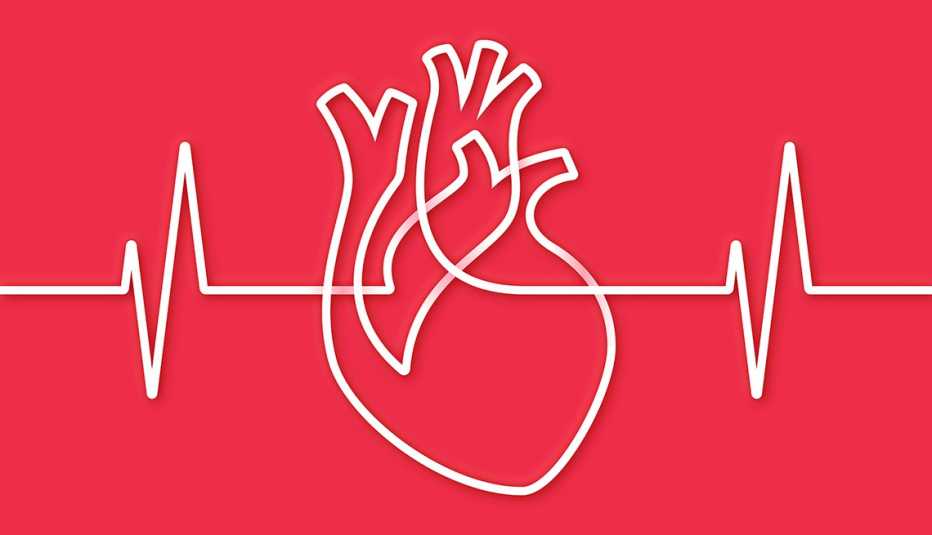AARP Hearing Center
The nagging fatigue, shortness of breath and feelings of dizziness were all new for Kareem Abdul-Jabbar. The basketball legend had spent decades running up and down the court, not to mention running up records. And here he was having trouble keeping up with his son on a European vacation.
“I've been an athlete all my life and kept in pretty good shape. I didn’t think that anything was capable of bothering me,” Abdul-Jabbar, 75, tells AARP.
While abroad, he dismissed the intermittent symptoms. Back at home, however, he couldn’t ignore them any longer. At a recent Los Angeles Dodgers game, Abdul-Jabbar became so overwhelmed by weakness that he collapsed into a trophy case and had to be taken to the hospital.
The diagnosis, the doctors told him, was atrial fibrillation, or A-fib, a quivering or irregular heartbeat that disrupts the flow of blood between the upper and lower chambers of the heart. If left untreated, the condition, most common among older adults, can lead to a host of heart-related complications, including blood clots, heart failure and stroke.


Know the symptoms of A-fib
The fatigue, dizziness and shortness of breath that Abdul-Jabbar experienced are among the more common symptoms of A-fib, which affects at least 2.7 million Americans — a number that’s expected to jump to 12.1 million by 2030, according to the Centers for Disease Control and Prevention (CDC).
Others include fluttering in the chest, a rapid heartbeat, sweating, faintness or confusion, and chest pain or pressure. All of them can come and go.
“Some people might feel like their heart is pounding out of their chest,” says Jim Cheung, M.D., a cardiac electrophysiologist at Weill Cornell Medicine in New York City. Others, he adds, may exhibit more subtle symptoms, or even no symptoms at all.






































































